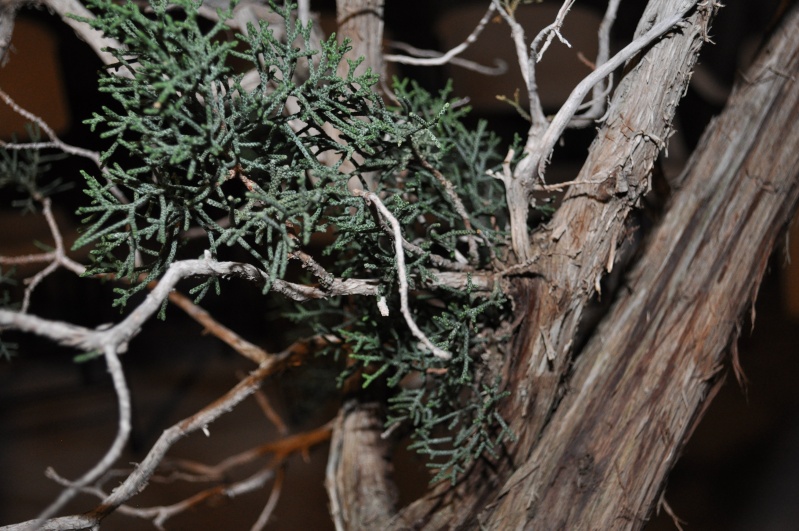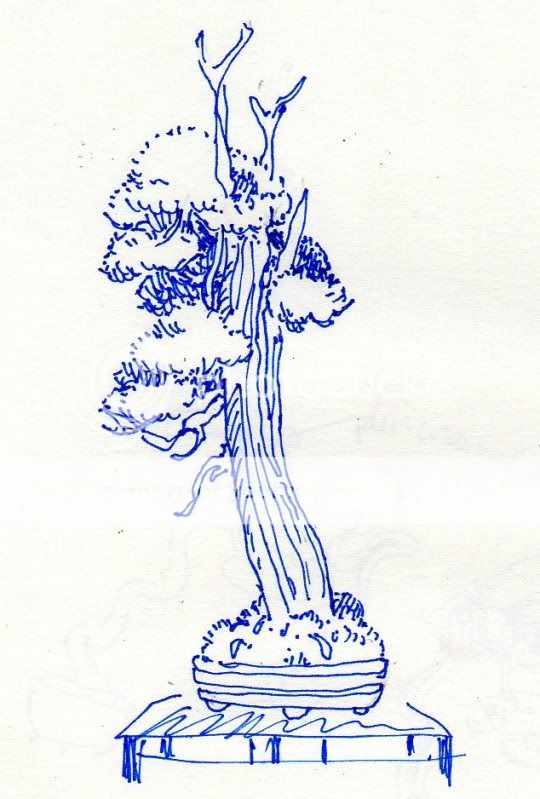alonsou
Mame
Yesterday it was our Bonsai club x-mas party we had a really good time with lots of food and items for the raffle.
I feel like the luckiest man on earth...... as part of the raffle I was able to take home a California Juniper.... . collected by (at least my personal opinion) the person with the most knowledge about CJ's anywhere around here "Mr California Juniper" Harry Hirao.
. collected by (at least my personal opinion) the person with the most knowledge about CJ's anywhere around here "Mr California Juniper" Harry Hirao. 
It's an amazing piece of material, 34" tall from the soil line, 32" branch span, 4" wide trunk (at the widest point), even it has a reverse taper, but that could be fix later on.
The president of our club Mr. Manny Martinez also provide me with some tips about how to take care of it, but I think I will need more than that, I'm even scare to look at it, it's a very impressive tree to me personally.
Take a look at it, and tell me what you think maybe a quick virtual of it future design, and what should I do with it, any advice will be highly appreciated like always, when should I repot?





I feel like the luckiest man on earth...... as part of the raffle I was able to take home a California Juniper....
It's an amazing piece of material, 34" tall from the soil line, 32" branch span, 4" wide trunk (at the widest point), even it has a reverse taper, but that could be fix later on.
The president of our club Mr. Manny Martinez also provide me with some tips about how to take care of it, but I think I will need more than that, I'm even scare to look at it, it's a very impressive tree to me personally.
Take a look at it, and tell me what you think maybe a quick virtual of it future design, and what should I do with it, any advice will be highly appreciated like always, when should I repot?






